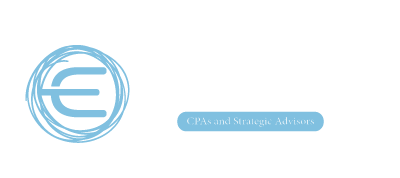
The clock continues to tick. Your retirement is one year closer.
You have time before December 31 to take steps that will help you fund the retirement you desire. Here are four things to consider.
1. Establish Your 2022 Retirement Plan
First, a question: do you have your (or your corporation’s) retirement plan in place?
If not, and if you have some cash you can put into a retirement plan, get busy and put that retirement plan in place so you can obtain a tax deduction for 2022.
For most defined contribution plans, such as 401(k) plans, you (the owner-employee) are both an employee and the employer, whether you operate as a corporation or as a proprietorship. And that’s good because you can make both the employer and the employee contributions, allowing you to put a good chunk of money away.
2. Claim the New, Improved Retirement Plan Start-Up Tax Credit of Up to $15,000
By establishing a new qualified retirement plan (such as a profit-sharing plan, 401(k) plan, or defined benefit pension plan), a SIMPLE IRA plan, or a SEP, you can qualify for a non-refundable tax credit that’s the greater of
- $500 or
- the lesser of (a) $250 multiplied by the number of your non-highly compensated employees who are eligible to participate in the plan, or (b) $5,000.
The law bases your credit on your “qualified start-up costs.” For the retirement start-up credit, your qualified start-up costs are the ordinary and necessary expenses you pay or incur in connection with
- the establishment or administration of the plan, or
- the retirement-related education of employees for such plan.
3. Claim the New Automatic Enrollment $500 Tax Credit for Each of Three Years ($1,500 Total)
The SECURE Act added a non-refundable credit of $500 per year for up to three years, beginning with the first taxable year (2020 or later) in which you, as an eligible small employer, include an automatic contribution arrangement in a 401(k) or SIMPLE IRA plan.
The new $500 auto-contribution tax credit is in addition to the start-up credit and can apply to both newly created and existing retirement plans. Further, you don’t have to spend any money to trigger the credit. You just need to add the auto-enrollment feature (which does contain a provision that allows employees to opt out).
4. Convert to a Roth IRA
Consider converting your 401(k) or traditional IRA to a Roth IRA.
You first need to answer this question: How much tax will you have to pay to convert your existing plan to a Roth IRA? With this answer, you now know how much cash you need on hand to pay the extra taxes caused by the conversion to a Roth IRA.
Here are four reasons you should consider converting your retirement plan to a Roth IRA:
- You can withdraw the monies you put into your Roth IRA (the contributions) at any time, both tax-free and penalty-free, because you invested previously taxed money into the Roth account.
- You can withdraw the money you converted from the traditional plan to the Roth IRA at any time, tax-free. (But if you make that conversion withdrawal within five years of the conversion, you pay a 10 percent penalty. Each conversion has its own five-year period.)
- When you have your money in a Roth IRA, you pay no tax on qualified withdrawals (earnings), which are distributions taken after age 59 1/2, provided you’ve had your Roth IRA open for at least five years.
- Unlike with the traditional IRA, you don’t have to receive required minimum distributions from a Roth IRA when you reach age 72—or to put this another way, you can keep your Roth IRA intact and earning money until you die. (After your death, the Roth IRA can continue to earn money, but someone else will be making the investment decisions and enjoying your cash.)


